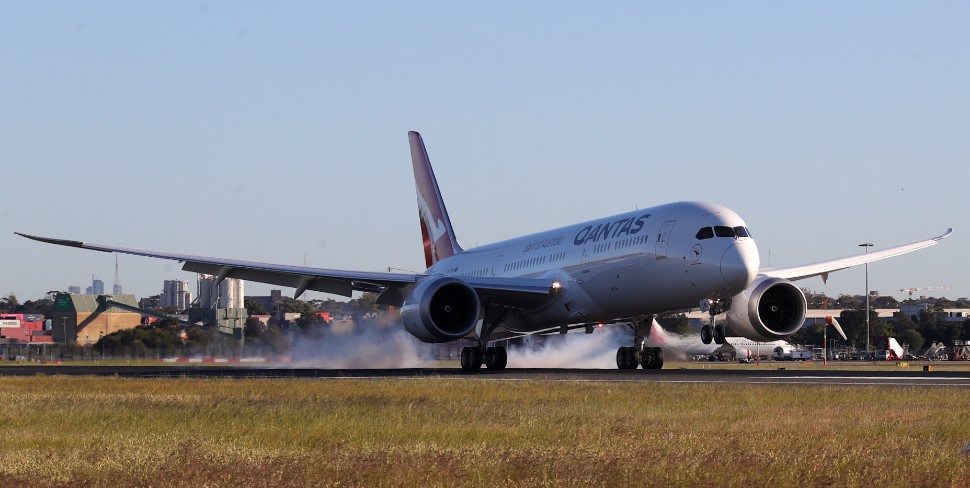On paper, it shouldn’t work. Nonstop flight between the UK and Australia was certainly once a “holy grail” of air transport, and even that was an improvement on being a ludicrous prospect when antipodean travel was an endurance feat involving days in transit and a multitude of refuelling points.
On paper, it shouldn’t work. Nonstop flight between the UK and Australia was certainly once a “holy grail” of air transport, and even that was an improvement on being a ludicrous prospect when antipodean travel was an endurance feat involving days in transit and a multitude of refuelling points.
But plying the kangaroo routes has become a one-stop routine, with a variety of options, the result of long-range aircraft and engine advancements dovetailing with the evolution of airline partnerships and alliances.

Qantas
Nonstop might offer a time advantage, but why settle for a gruelling economy-class marathon when the journey can be broken into more palatable sectors with a break in Dubai, Singapore or Bangkok?
Start listing the operational drawbacks – payload restrictions, fuel tankering, aircraft utilisation, crew duty – and the economic case for nonstop service would appear to be a tough one to make, particularly if it involves convincing price-sensitive passengers to hand over a premium fare for the sake of saving a couple of hours.
This is the delicate balance that Qantas seeks to achieve through Project Sunrise, its bid to establish regular scheduled service on some of the final ultra-long-haul route frontiers, including the elusive London-Sydney.
The project name reflects the Catalina “double sunrise” services of the 1940s between Perth and Ceylon – now Sri Lanka – during which the break of dawn could be viewed twice during the same long flight.
Qantas evoked Perth’s historic significance when it launched a nonstop flight to the Western Australian city from London Heathrow. This experimental operation faced many of the same concerns that its even more ambitious programme needs to overcome.
But if there were doubts over the economics and – crucially – the likelihood of persuading customers to pay extra to board a 17h flight to a relatively remote city, Qantas has managed to confound the naysayers.
To assume Sunrise will be similarly successful would be premature. London-Sydney is a different operational scenario from London-Perth with different competitive pressures – and the candidate aircraft have still to be fully developed.
Letting Sunrise drift into the sunset would be a tough call, even if chief executive Alan Joyce has insisted the programme is “not too big to fail”. Qantas, in its centenary year, senses a landmark achievement is within striking distance, and badly wants Sunrise to work – on paper and off.


























